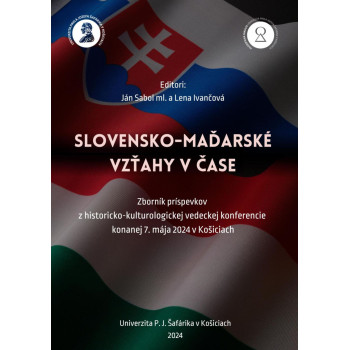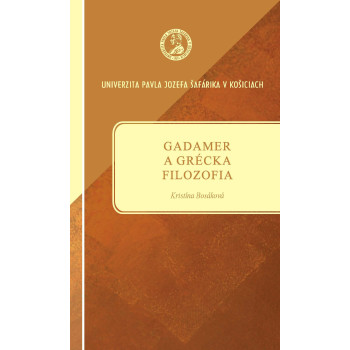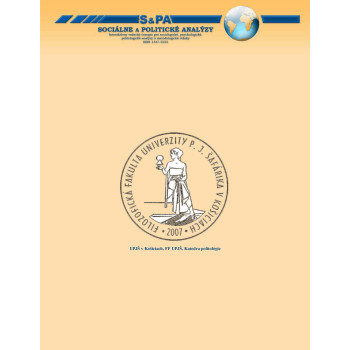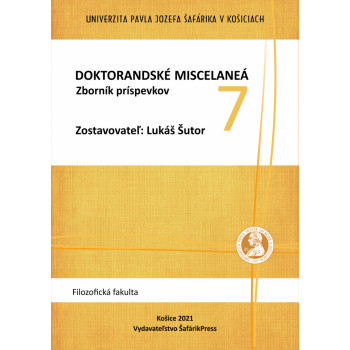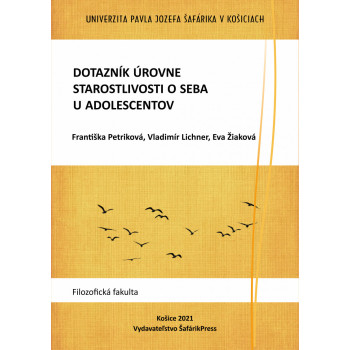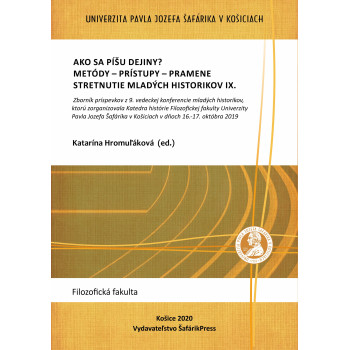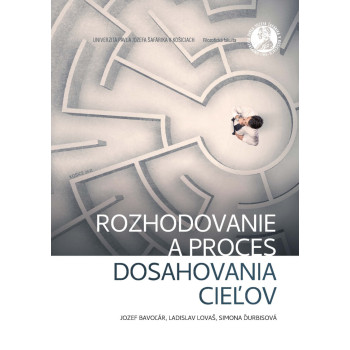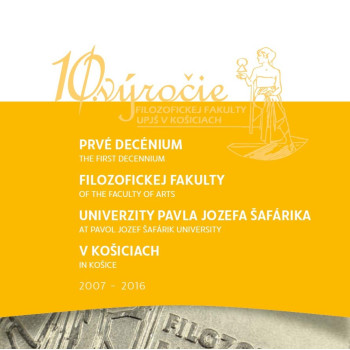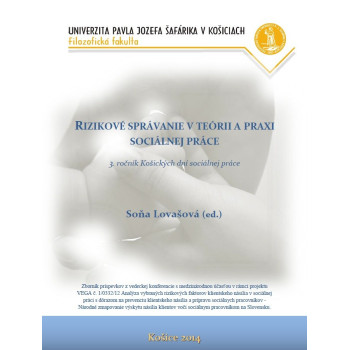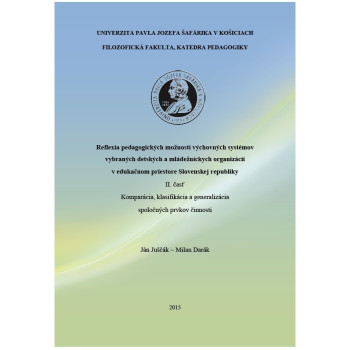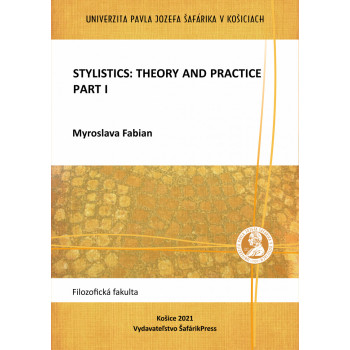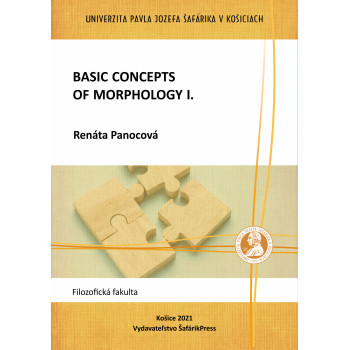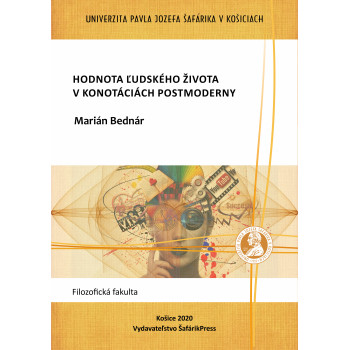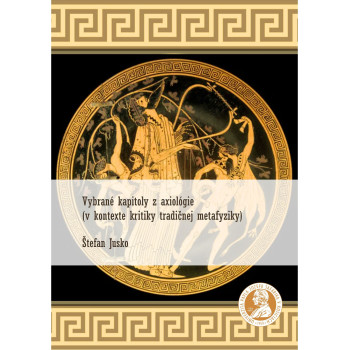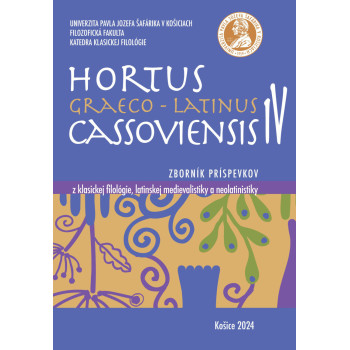
Slovensko-maďarské vzťahy v čase
E-book
Ján Sabol ml., Lena Ivančová (eds.)
Zborník príspevkov z historicko-kulturologickej vedeckej konferencie konanej 7. mája 2024 v Košiciach
Zborník príspevkov z historicko-kulturologickej vedeckej konferencie Slovensko-maďarské vzťahy v čase pokrýva široké spektrum historických, kulturologických, literárnovedných, teatrologických, mediálnych, politických i sociálnych aspektov slovensko-maďarských vzťahov a poskytuje tak hlbší pohľad na ich vnútornú kontinuitu a dynamiku. Jednotlivé vedecké príspevky hodnotia vplyv histórie a vzájomnej koexistencie na divadlo, literatúru, film i ďalšie tvorivé prejavy. Zborník koncepčne vyzdvihuje dôležitosť interdisciplinárneho prístupu k štúdiu slovensko-maďarských vzťahov. Potvrdzuje význam dialógu a tvorivej spolupráce medzi národmi, kolektívmi, jednotlivcami.
Download e-book for free (pdf)



